Key Takeaways
- Hard science fiction emphasizes scientific accuracy in space portrayal.
- Disregard for microgravity in sci-fi often comes down to practical filming reasons.
- Games like
Dead Space
and
Deliver Us the Moon
incorporate microgravity realistically, adding challenges.
Despite being called science fiction, a lot of writers in the genre are selective in how much science actually goes into their fiction, especially when it comes to portraying outer space. This is such a common tendency that there is a sub-genre, hard science fiction, that is specifically characterized by an emphasis on scientific accuracy, at least as it is best understood by the author at the time of writing. This leads to a lot of common mistakes and liberties when it comes to showing outer space. A common example is disregard for microgravity. This is the physical process that allows objects to seemingly float in space. It is commonly referred to as “zero-g” although this is a grossly inaccurate description. Contrary to popular belief, gravity does in fact exist in space, and it is actually gravitational forces that allow astronauts to float on the International Space Station. Learning to navigate microgravity is an essential part of being an astronaut.
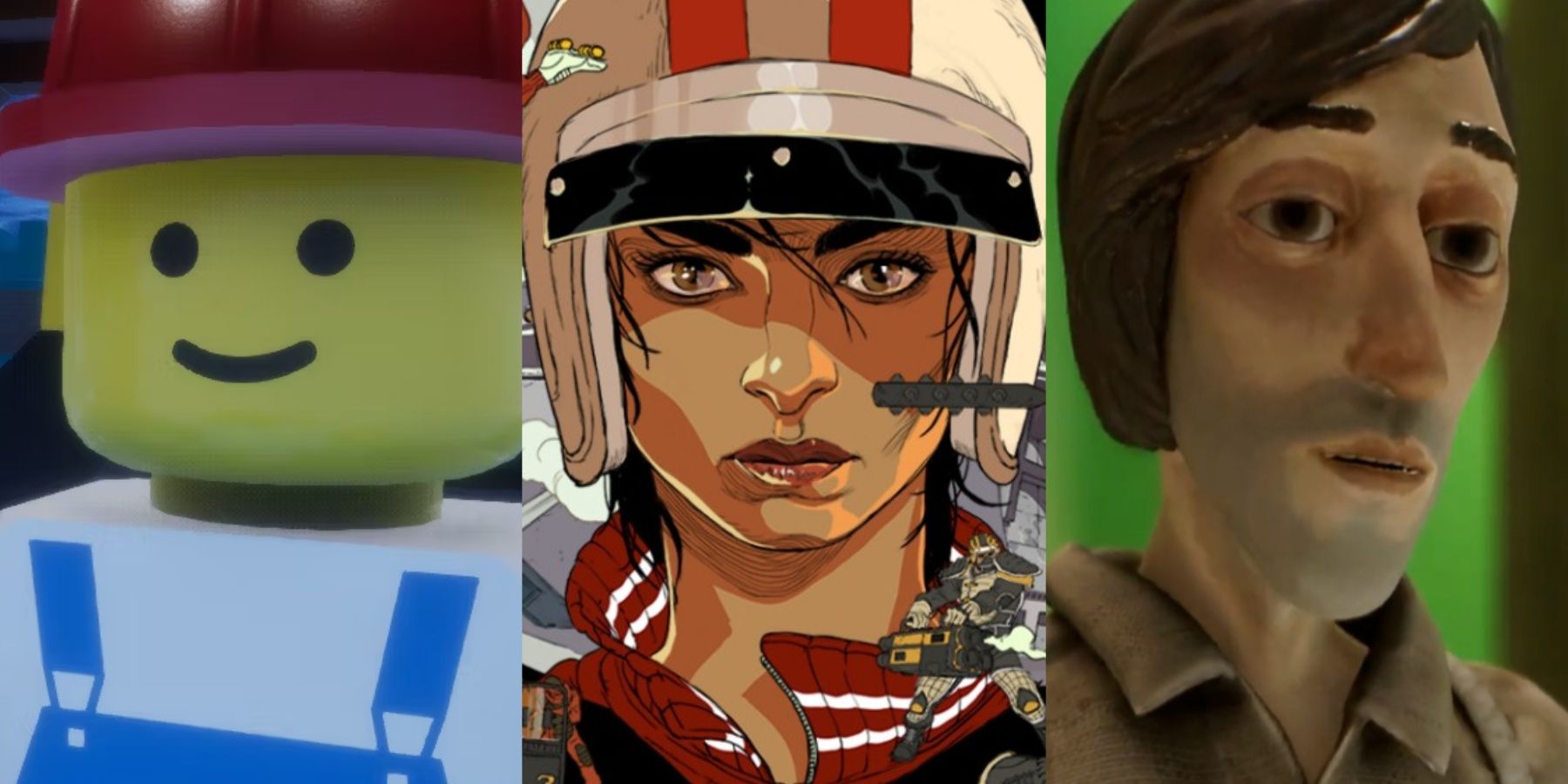
Related
6 Underrated Sci-Fi Indie Games That Deserve More Attention
This list breaks down some great (and underrated) indie sci-fi games that have flown under the radar for far too long.
The tendency to overlook microgravity ultimately comes down to a practical reason. Sci-fi movies and TV shows tend to be filmed on Earth, and thus have to contend with the physics of being on a planet instead of in its orbit. It’s a lot easier, and more cost-effective, to just have the actors walking normally—and maybe write an “artificial gravity” device into the script—than to rely on expensive special effects. Video games, however, have a bit more leeway as a virtual space. This is not to say it isn’t challenging to program microgravity, but it can make an excellent feature when done effectively. The need to maneuver without being confined to one surface can create some unusual challenges, something which these sci-fi games embrace.
12 Call Of Duty Ghosts
Battle Enemies In Earth’s Orbit
- Released
- November 5, 2013
Though perhaps not the most successful or best-received of the series, Call of Duty Ghosts did experiment with one new feature that got fans’ attention: space combat! This happens in two levels during the campaign. The first is part of the opening level, “Ghost Stories”, when the player controls an astronaut named Baker aboard a space station as it is invaded by the game’s antagonists. The second comes with the second-last level, “Loki”, where a U.S. military division takes back the newly-rebuilt ODIN weapons platform. Both are pretty short and don’t even feature the game’s actual protagonist, but to many fans, they were the most memorable parts of the game. One of the things that helped them stand out was the incorporation of microgravity.
This one is pretty simplistic compared to some of the other examples, but the two sequences do shake up the game’s usual combat mechanics by offering more freedom of movement for both the player and their enemies, who aren’t above using the weightless environment to their advantage.
11 Call Of Duty: Infinite Warfare
Weightless Combat Is The Name Of The Game
Call of Duty: Infinite Warfare
- Released
- November 4, 2016
- OpenCritic Rating
- Strong
Ghosts might have been the first Call of Duty to experiment with the idea of microgrvity, but Infinite Warfare was an ambitious project that tried to make space combat its central focus. While the game might not have been as successful critically or commercially as Activision hoped, it did manage to build on its predecessor’s efforts.
Since a lot of the fighting happens in or around spaceships, protagonist Nick Reyes has to deal with a lot of weightless combat, and he has a few tools to aid him in that effort. That includes weapons designed for microgravity, like grenades that directly home in on enemies. He also has a grappling hook to quickly pull himself around and magnetic boots he can use to fix himself in one place.
10 Dead Space
Traverse a Dangerous Ship Full of Deadly Secrets
This popular sci-fi horror title incorporates a lot of things into its gameplay—problem-solving, exploration, dismembering mutilated human corpses so they stop coming after the protagonist, Isaac Clarke, etc. However, sometimes Dead Space likes to take things up a notch with the introduction of microgravity. Several sections add to the realism of being trapped on a spaceship by requiring Isaac to move around using nothing but Newtonian physics. Sometimes it happens within the confines of the ship, but occasionally he has to traverse the vacuum of space itself. These sections of the game can actually be pretty challenging.
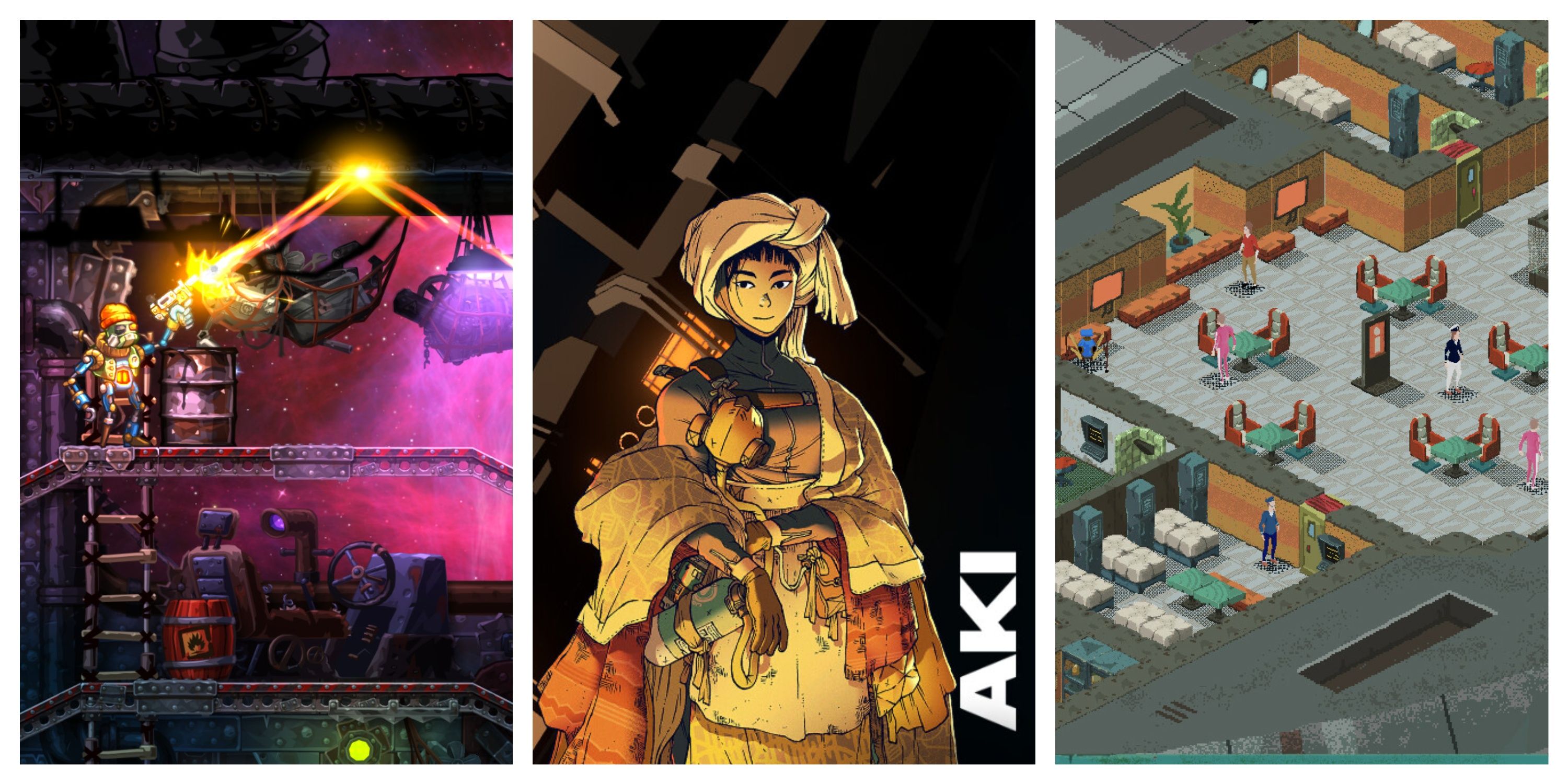
Related
5 Best Indie Sci-Fi RPGs
These games may lack a AAA budget, but they’re not lacking in quality, offering excellent sci-fi RPG experiences.
Going weightless does have the advantage of making it easier to dodge necromorphs, but it comes with challenges as well. After all, not being confined to a horizontal plane in the winding corridors of the USG Ishimura can be quite disorienting.
9 Deliver Us The Moon
Getting to the Moon Wasn’t As Easy as Expected
Platformer
Adventure
Puzzle
- Released
- September 28, 2018
- Developer(s)
- KeokeN Interactive
- Publisher(s)
- Wired Productions
- OpenCritic Rating
- Fair
With a title like Deliver Us the Moon, it would be a fair assumption that a lot of the game takes place on the Moon. But first, players have to get there, which means taking a rocket to Pearson Space Station. During this early stretch of the game, protagonist Rolf will feel the full effects of microgravity. First, there is a short sequence where he has to carefully line up his rocket with the station’s docking hatch. Once on board, he will have to navigate the station itself, a series of corridors that easily blur the lines between horizontal and vertical.
Things really escalate during the level’s climax, when the station explodes and Rolf is launched out into space. First, he has to grab something to slow himself down and launch himself back towards the station, then he has to maneuver around all the debris that is hurtling toward him. For extra tension, some of the larger pieces are too big to simply move around, and he has to either go through them or cut them open. There’s also limited oxygen, so Rolf has to keep finding air canisters to refuel his supply and avoid dying from asphyxiation.
8 Elite Dangerous
Real-Life Physics Creates A Uniquely Immersive World
This ambitious MMO takes place in a 1:1 rendering of the Milky Way, complete with scientifically accurate orbits, so not rendering microgravity into that environment would be a very misguided decision.
Weightlessness is a common experience in the world of Elite Dangerous, whether that be weightless combat or performing everyday tasks. The game even portrays a more scientifically accurate means of generating artificial gravity than most sci-fi games of its ilk—most space stations use centrifugal force, something real-world scientists believe could help simulate Earth-like gravity on long space journeys.
7 The Expanse: A Telltale Series
Uncover Secrets And Battle Pirates In Jupiter’s Orbit
- Released
- July 27, 2023
- OpenCritic Rating
- Strong
One of things that made The Expanse stand out from other TV space operas was its use of actual science. While not always perfect, the series generally made a point of making its story fit within a current understanding of how space works. Among other things, this included consistently trying to portray microgravity. A lot of the show’s action takes place in weightless environments, so it makes sense that a game adaptation would want to do the same.
The Expanse: A Telltale Series has several sections where protagonist Camina Drummer has to use microgravity to get around, including some scenes where it can reveal some unpleasant truths. One example is, while exploring a derelict ship, Camina finds the gruesomely preserved bodies of its crew refusing to hit the floor.
6 Hardspace: Shipbreaker
Microgravity Is Part Of The Job
Simulation
Action-Adventure
- Released
- May 24, 2022
- Developer(s)
- Blackbird Interactive
- Publisher(s)
- Focus Entertainment
- OpenCritic Rating
- Strong
Underneath its more complex themes about unions and workers’ rights, Hardspace: Shipbreaker is designed around working in microgravity. The game takes place in a future where space travel has become common enough for its own equivalent of shipbreaking (the act of dismantling decommissioned ships and scavenging reusable parts) to become a major industry. It just so happens that the player is a new shipbreaker, and their workspace is located in orbit, so they kind of have to be prepared to deal with being weightless.
This can be quite advantageous, though. Once players get the hang of it, microgravity can be used to their advantage when it comes to dismantling ships and sorting through each of the individual parts. Giving dismantled pieces of refuse a light push toward either the recycler or incinerator and watching the credits roll in is a surprisingly soothing process.
5 Heavenly Bodies
Turns Out, Microgravity Isn’t For Everyone
Heavenly Bodies
Navigating microgravity looks pretty simple when it’s done by professional astronauts, and it can be easy to forget just how much training goes into becoming one. Although simplified into a 2D sidescroller, Heavenly Bodies shows just how awkward weightless maneuvering can be.
The game features astronauts conducting repairs on a space station, but in order to complete tasks they need to move around, which becomes a challenge in itself. Every part of the body has a different button command, and players need to figure out the best way to move in order to reach their objective.
4 Kerbal Space Program
Chaos Ensues When Non-Rocket Scientists Attempt To Build Rockets
- Released
- April 27, 2015
- Developer
- Squad
- OpenCritic Rating
- Strong
Looking past the memes, the goofy characters, and the chaos that inevitably happens while playing, Kerbal Space Program actually made a pretty concerted effort to realistically portray orbital physics. A lot of the in-game science that goes into building and launching rockets has roots in actual NASA engineering, so it makes sense that the developers would try to somewhat realistically portray the effects of entering a planet’s orbit. The most obvious aspect is the game having options for Kerbal astronauts to conduct extra-vehicular activity, during which the player can freely move them around in space, though they will need to be careful not to get too far from their ship.
The less obvious role of microgravity is its impact on the actual rockets, which are also subject to the same forces. Just like in real life, understanding gravitational force is crucial to success. Also like in real life, it will probably take some trial and error to get a properly functioning rocket into orbit. Even once players do get into space, they will still need to make sure their rocket is capable of traversing a weightless environment if they don’t want to leave their astronauts stranded.
3 Observation
An AI Uncovers A Strange Mystery In A Space Station
This is kind of a strange one as, unlike most games on this list, the player character in Observation is an AI instead of an astronaut. As a computer, protagonist SAM (Systems Administration & Maintenance) is initially confined to fixed positions and therefore unable to do much with microgravity, though he does get to observe the ways it affects human NPCs and objects. The space station on which SAM is located—the Observation—has been crippled by an unknown event, and it’s up to SAM to identify the cause and repair what he can.
As the game progresses, SAM has more options for interaction, including probes that grant him some mobility. Once he gets to that point, being weightless offers freedom of movement that makes it a lot easier to get into hard-to-reach places.
2 Outer Wilds
The Perfect Ground to Ignore Common Sense
- Released
- May 28, 2019
- Developer(s)
- Mobius Digital
- OpenCritic Rating
- Mighty
This weird game from Mobius Digital takes place across a solar system modeled on actual physics, albeit unrealistically applied on a comically small scale. A big part of Outer Wilds involves the player traveling between planets in search of answers about the time loop they are trapped in, so logically, it makes sense that they would make a playable environment out of space itself. During their travels, the player can leave their ship at any time, including in-between worlds. Whether it’s exploring a mysterious space station or just wandering around in the void, players get to experience the fun of moving around in a weightless environment.
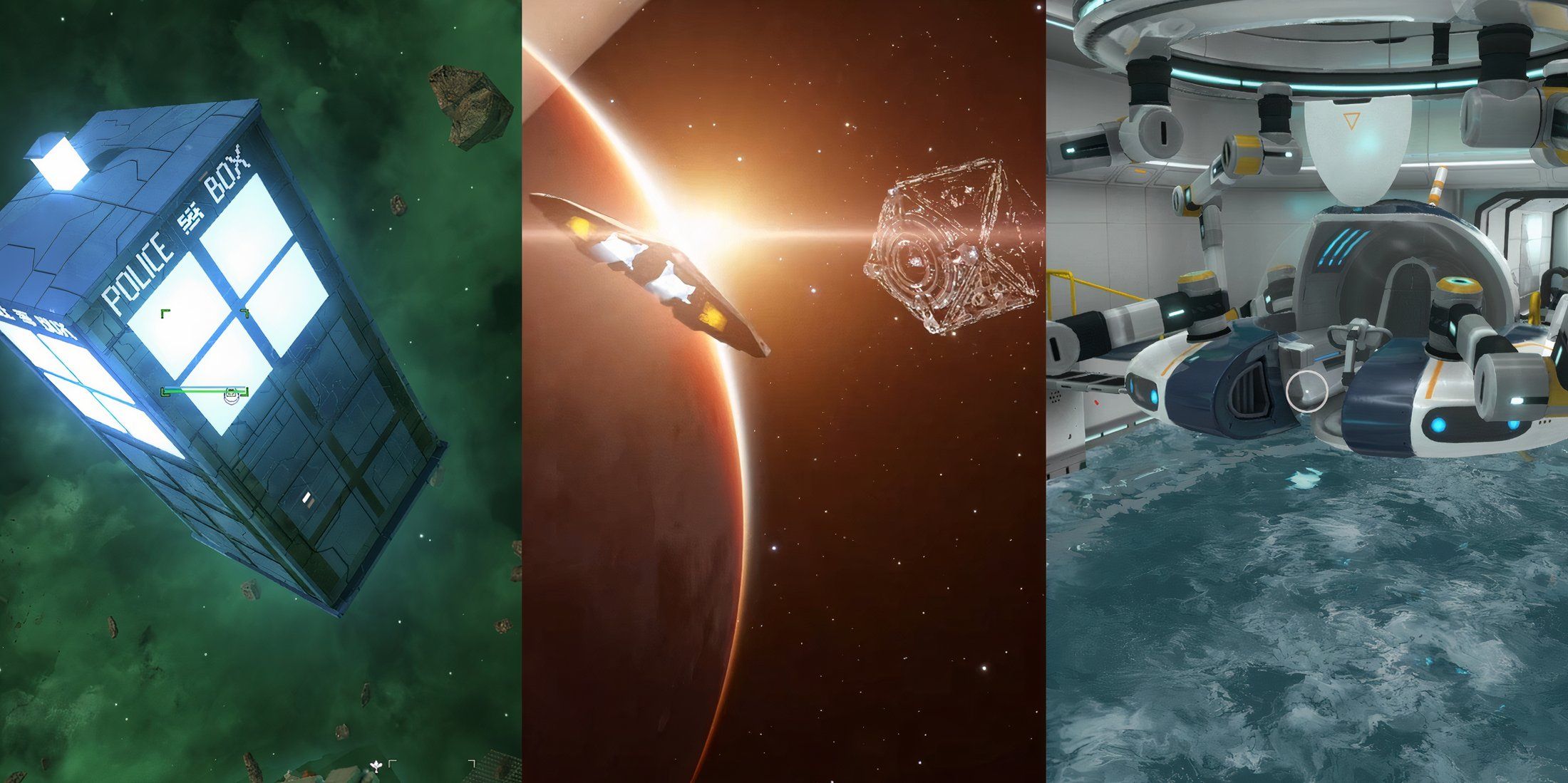
Related
7 Space Sci-Fi Games With Incredible Sense Of Scale
Many great space sci-fi games provide an playing environment that has a real sense of scale, makign them immersive and engaging.
Notably, in this case, the weird map actually allows players to be a bit more careless than an actual astronaut would be. With everything unusually close, players can literally jump out of their ship and reach a planet, or even the sun. And if they run out of air while too far from your ship, they can just jump onto the nearest planet with trees. It makes a great sandbox for goofing around without having to worry about the little things, like “safety.”
1 Prey
A Space Station In Ruin
- Released
- May 5, 2017
- OpenCritic Rating
- Strong
Bethesda’s strange spiritual successor to the 2006 game of the same name follows Morgan Yu, an amnesiac astronaut trapped on a space station that’s been overtaken by an alien species called the Typhon. Most of Prey takes place in the comfort of Talos I’s artificial gravity, but occasionally, Morgan has to venture outside to complete specific objectives. And, of course, that means dealing with microgravity. Luckily, Morgan’s suit has a thruster, so movement is pretty straightforward. Of course, it is easy to get disoriented, especially with the outside being a mess of debris mixed with the occasional corpse or Typhon, none of which is helped by limited oxygen. On the bright side, players aren’t as likely to encounter aliens as they are inside the station, so as they get access to more airlocks, it does provide a good way of moving between different parts of the ship.
However, the same cannot be said for the Gravity Utility Tunnel System (or GUTs) which also requires Morgan to use microgravity. Navigating this one is a little easier, as it is basically a straight line, but there’s a greater risk of aliens popping up to get in the way, which naturally becomes a problem in a more confined space.

More:
7 Space Sci-Fi Games With Incredible Sense Of Scale
Many great space sci-fi games provide an playing environment that has a real sense of scale, makign them immersive and engaging.
Source link
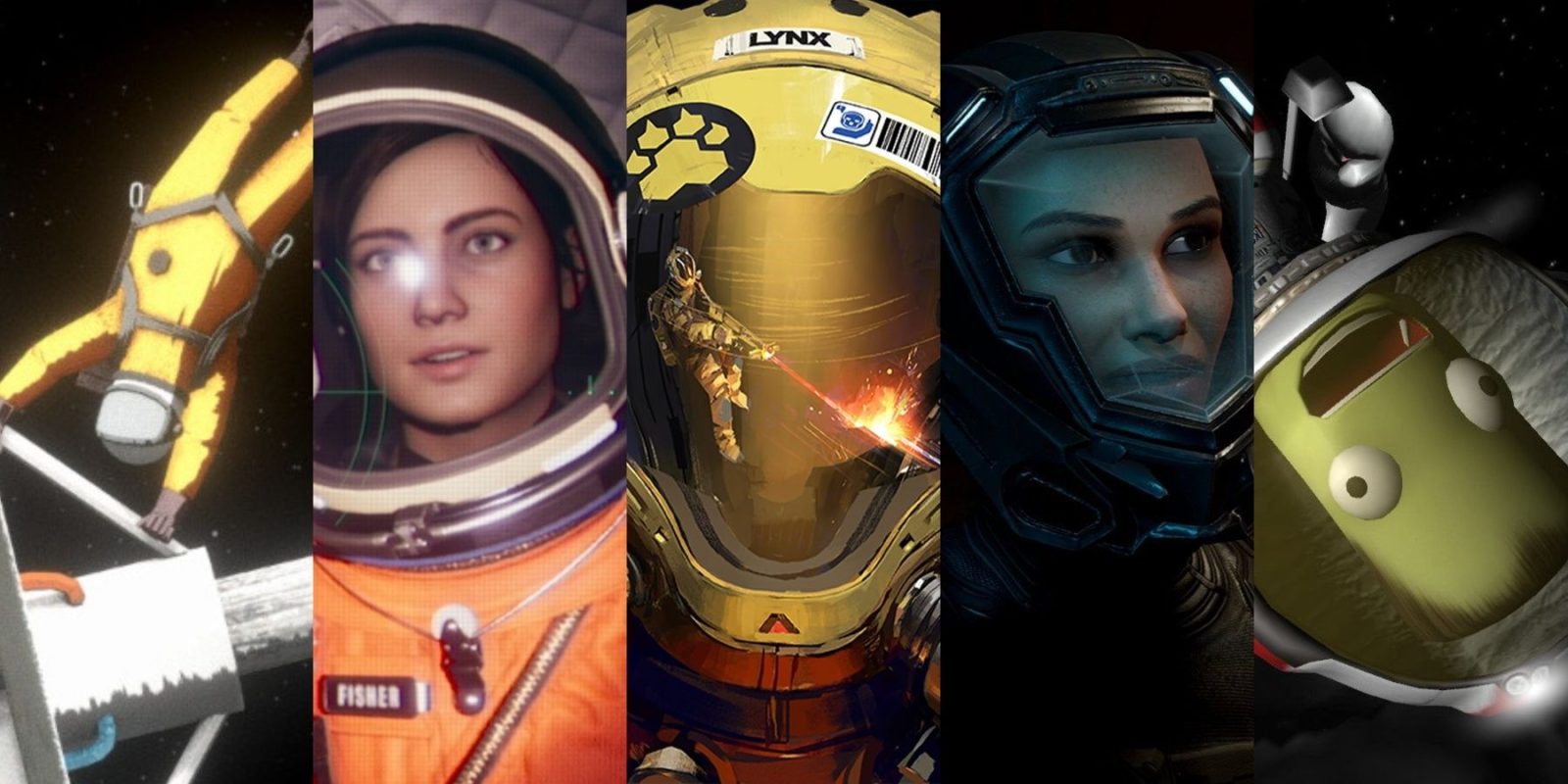












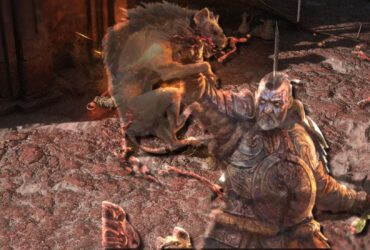
Leave a Reply